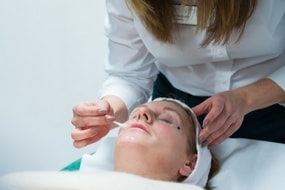This weekend, 8-9th March, Cosmetic Courses are exhibiting at the ACE Conference If you’re going to be there, come along and say hello!
The ACE Conference is one of the biggest events in the industry, and it’s our first time exhibiting, so we’re really looking forward to it.
Lots of preparations have been made over the last few weeks, with the whole team working hard behind the scenes. Now it’s almost here, we’re excited to find out what the conference is like, and get the chance to meet lots of people in the industry.
You’ll be able to find us at Stand 31, where we’ll be offering lots of practical help for people looking to start or develop their aesthetic careers, including:
- * Exclusive discounts – book a course during the conference and receive £100 discount!
- * Advice and information on new training courses
- * Upcoming course dates
- * Business advice
On the Saturday afternoon at 3pm, our Clinical Director, Adrian Richards, and Aesthetic Nurse and Trainer, Mel Recchia, will be performing a live demonstration of lip augmentation with dermal fillers at ACE Conference.
The idea is to give people an introduction to the treatment, as well a taster of what they can expect when they come along to one of our courses. So if you are coming to the conference and interested in learning lip filler techniques, it should be well worth you coming along.
If you don’t have tickets for the event but think you might want to attend, the ACE conference takes place at the Business Design Centre in Islington, and entry to the exhibition is free (though if you want to attend lectures, seminars and masterclasses, a charge is payable).
For anyone who is going to be there, whether exhibiting or attending, we’ll see you there.








